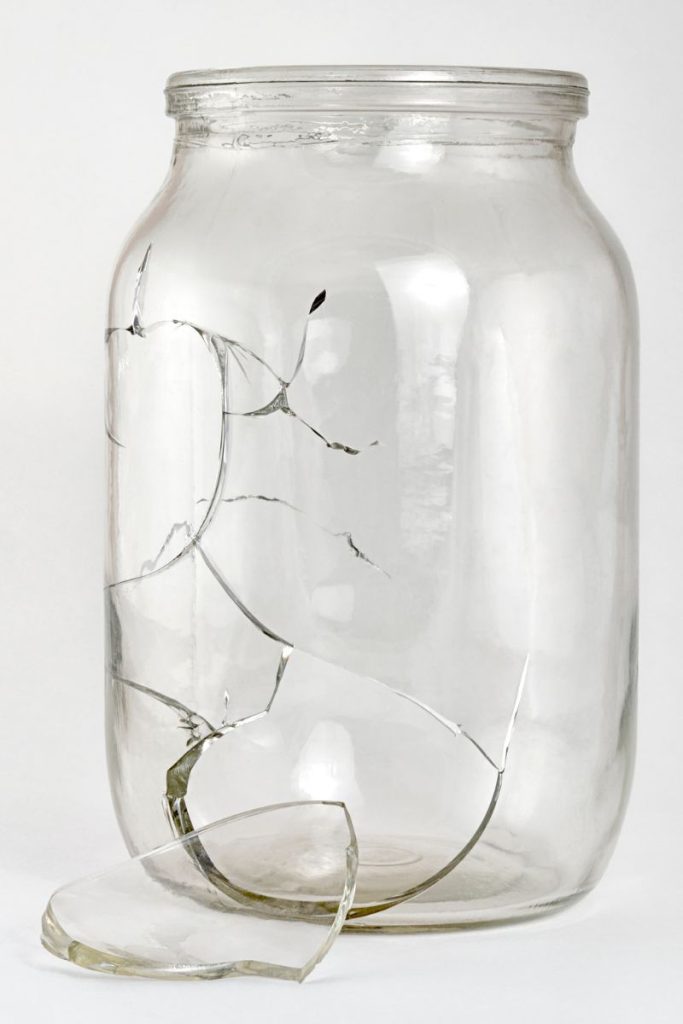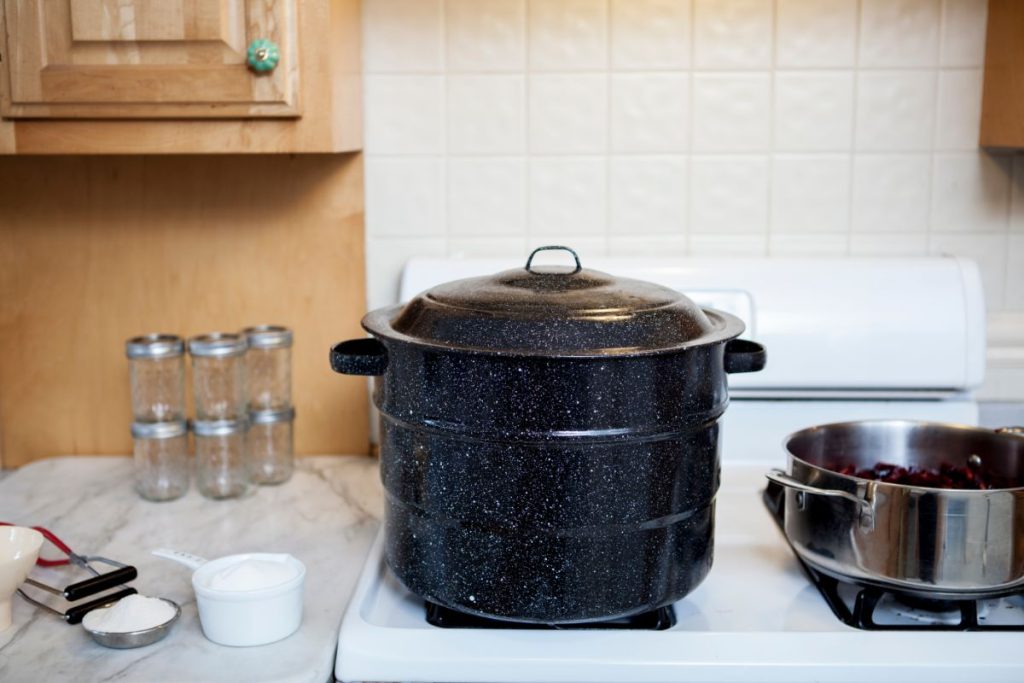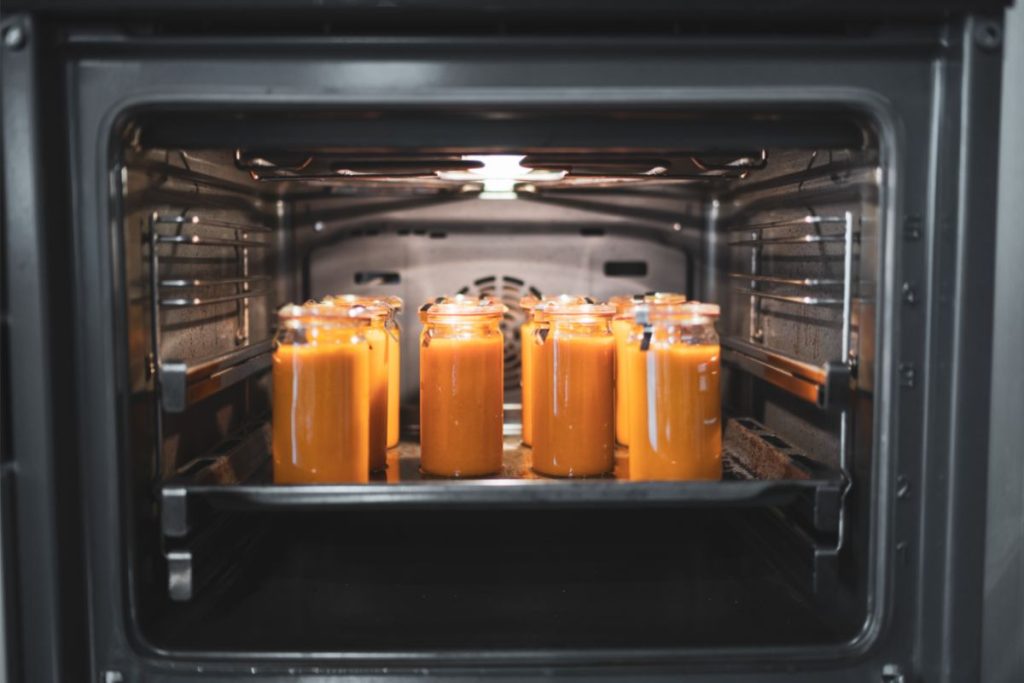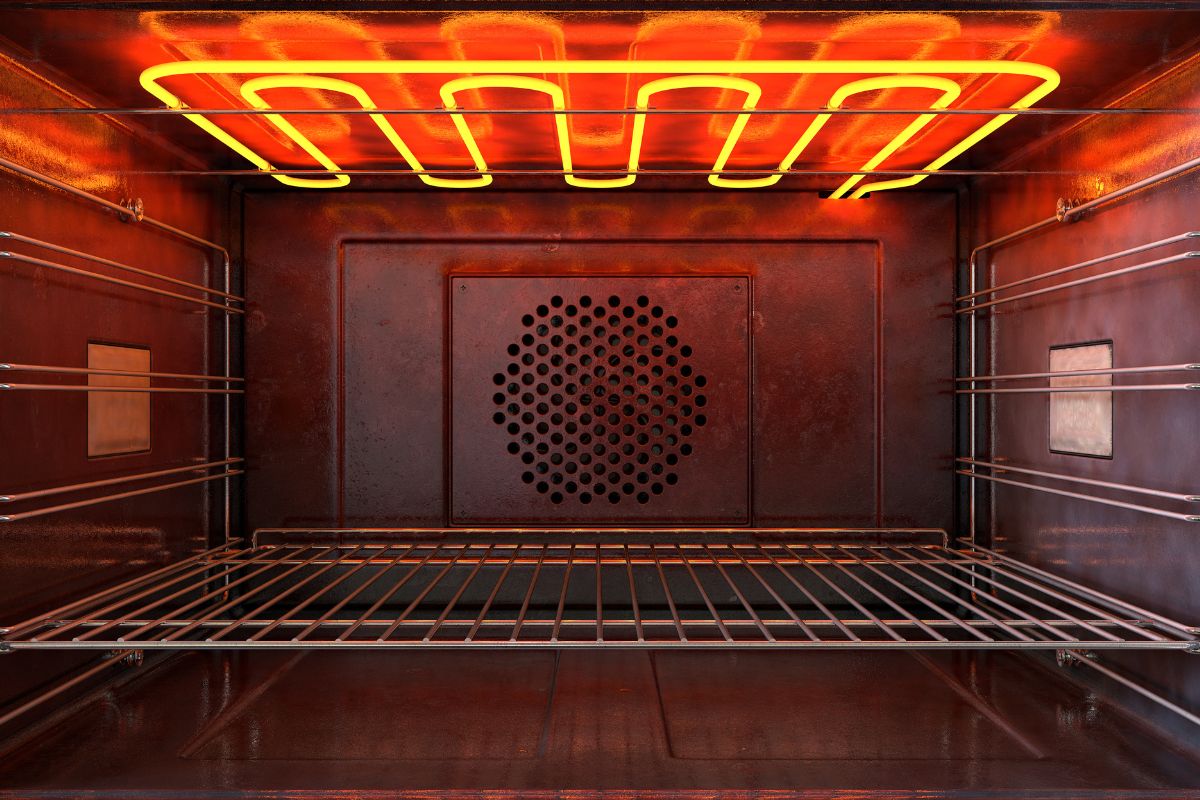Dry canning is not a safe or approved canning method. Dry canning causes uneven temperatures, increasing the likelihood of foodborne illness. It is important to follow tested and approved methods when canning, such as water bath canning or pressure canning.
Why Dry Canning is Not Safe
Dry canning is the technique of putting dried foods into canning jars without adding any liquid and then processing them in an oven. The National Center for Home Food Preservation considers dry canning food an unsafe practice that increases the risk of dangerous food-related diseases.
1. Botulism
The major threat of dry canning is the increased likelihood of botulism, a serious and life-threatening disease. The botulism toxin can be present in improperly canned foods and is undetectable by sight, smell, or taste.
2. Jar Breakage
Canning jars like Mason jars are not designed for dry heat. Manufacturers advise against using these jars for dry heat applications. Dry heat can lead to micro-fractures that increase the risk of jars shattering which can lead to serious injury.
3. Inadequate Temperatures
It is unclear whether the drying time and temperature used in dry canning is adequate to kill bacteria and mold spores as there are no research-backed studies for dry canning.
4. Supports the Growth of Bacteria and Mold
Dry canning may not remove sufficient moisture from dried food. Oxygen may also be trapped in the jars. This retained oxygen and moisture content supports the growth of airborne bacteria and molds.
5. Not Research-Based
There is no research showing that dry canning extends the shelf life of dry food better than approved food preservation methods.
6. Shortens the Shelf-life of Dehydrated Items
Dry canning (oven canning) can actually reduce the shelf-life of white rice, dry beans, and other dehydrated food items by exposing them to heat. The natural proteins and fats in white rice and other dried foods, including whole grains and nuts, can go rancid due to increased condensation caused by the heating process.

What is the Difference Between Canning and Dry Canning?
Dry canning is a method of preserving food by removing moisture in an oven. It is typically used for low-moisture food items and dry goods, such as dry beans, freeze-dried foods, white rice, and dry pasta.
Canning is a process that involves heating food to a high temperature in glass jars on the stovetop. Canning kills bacteria, and the heat forms a vacuum seal, ensuring the contents are safe for long-term storage. Canning is ideal for high-moisture foods, such as fruits, vegetables, and meats.

Are Oven Canning and Dry Canning the Same Thing?
Yes. Dry canning and oven canning are the same.
Is Dry Canning USDA Approved?
No. The USDA considers the dry canning process unsafe because under-processing food can result in serious and deadly food-borne diseases.

How Do You Dry Canning Jars in the Oven?
Placing canning jars in an oven to dry is not recommended. Canning jars are not made from oven-safe glass.
Best Methods of Safely Preserving Food
These tried and true methods are recommended for long-term food storage:
1. Canning
Canning is an easy DIY method of preserving food in which food is packed into sealed jars and heated at high temperatures to destroy bacteria.
There are two approved canning methods:
- Water bath canning: Ideal for high-acid foods. Food is packed into jars, and the jars are submerged in boiling water for a specified amount of time.
- Pressure canning: Used primarily for low-acid foods. Food is packed into jars, and the jars are placed in a pressure canner and heated to a high temperature under pressure for a specified amount of time.
2. Dehydrating
Another method of preserving food for long-term storage is using a food dehydrator. Dehydrating helps to remove the moisture content in food. When kept in Mylar bags with oxygen absorbers or food-grade buckets, foods can last several years.
3. Freeze–Drying
Freeze-drying involves freezing the food and then removing the moisture through a process called sublimation. The frozen food is placed in a vacuum and heated, causing the ice to turn into vapor and be removed from the food. This leaves the food dry and lightweight, with a long shelf life.
4. Vacuum Sealing
This method involves removing the air from a package of food and sealing it in a vacuum-sealed bag or container. It is effective at preventing the growth of bacteria, mold, and other microorganisms that can spoil food.
5. Fermenting
In fermentation, bacteria and yeast break down sugars in food, creating lactic acid and preserving the food. Fermented foods such as sauerkraut, kimchi, and pickles can be stored for several months and are a great source of probiotics.

